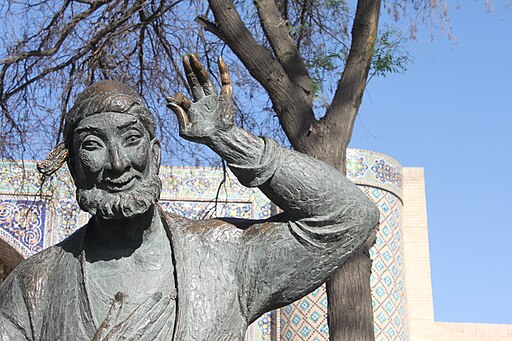If you don't know Peter Mayer, you should know Peter Mayer. He's one of those artists (like Sherman Alexie and Regina Spektor) who deserve much wider play than they get. Peter, whose spiritual preparation is Roman Catholic, is sometimes described as a "Christian artist". I'd call his genre (if so narrow a vein can be called that) "Authentic Christian"; his faith is strong enough to be strengthened by other traditions (including Buddhist), and his work is carefully universal, accessible to all, free of recruitment slogans. He even writes a few of that kind of song that name-brand Christian musicians most detest: those with no religious content whatsoever. Just wise, witty, and fun. Well hell, you might as well listen to Judas Priest.
By way of introduction I offer the here-above. I chose this track for two reasons: it's one of the few selections from Peter's catalogue you can find on YouTube, and it perfectly encapsulates my feelings about myself. In fact, it's my new business card. From now on I'm just sending people the YouTube address, with "Hit 'reply' if these terms are acceptable" underneath.
And if any Buddhist artist has better described the relationship between dukkha and enlightenment, just you send me the link.
(By the way, this track comes off the CD Heaven Below. There is no padding anywhere on it. Just go ahead and buy it sound-unheard. You'll feel smart you did.)
JAPANESE BOWL
by Peter Mayer
I’m like one of those Japanese bowls
That were made long ago
I have some cracks in me
They have been filled with gold
That’s what they used back then
When they had a bowl to mend
It did not hide the cracks
It made them shine instead
So now every old scar shows
From every time I broke
And anyone’s eyes can see
I’m not what I used to be
But in a collector’s mind
All of these jagged lines
Make me more beautiful
And worth a much higher price
I’m like one of those Japanese bowls
I was made long ago
I have some cracks you can see
See how they shine of gold





.jpg)


